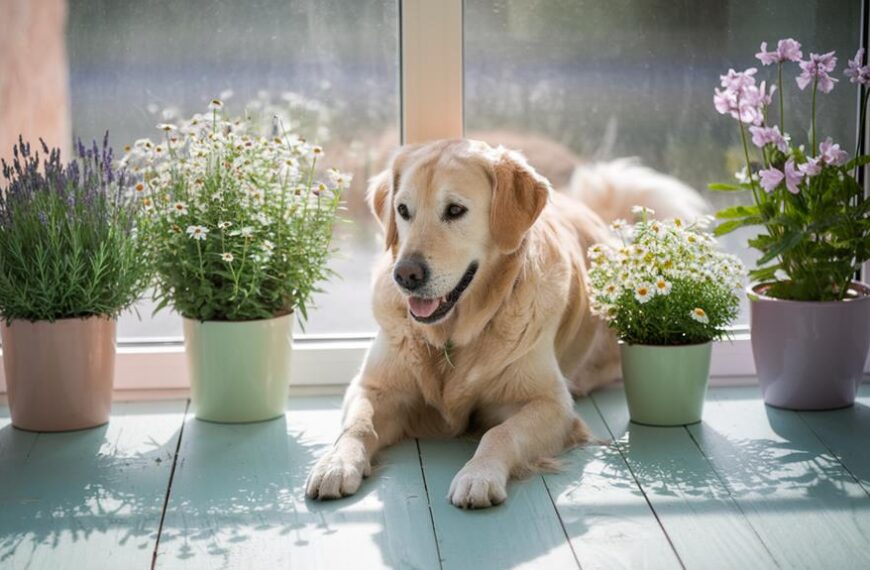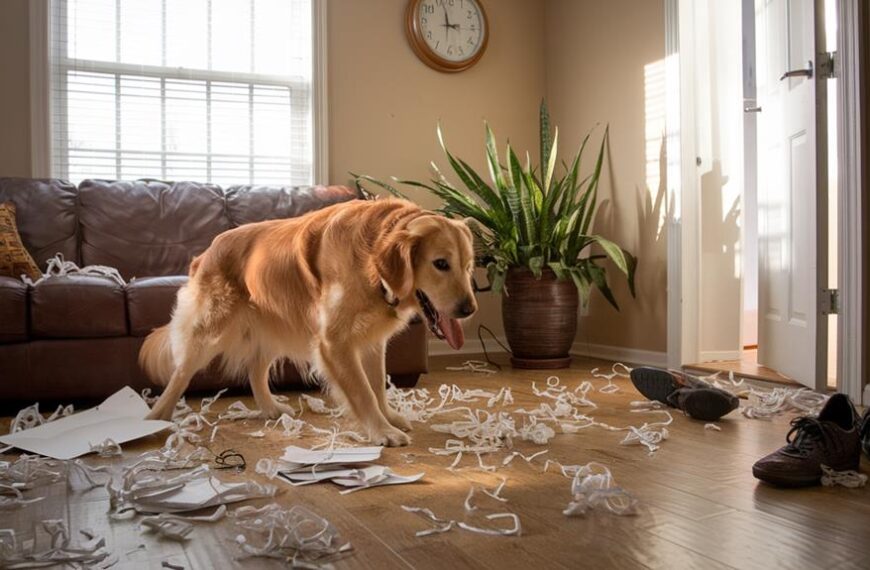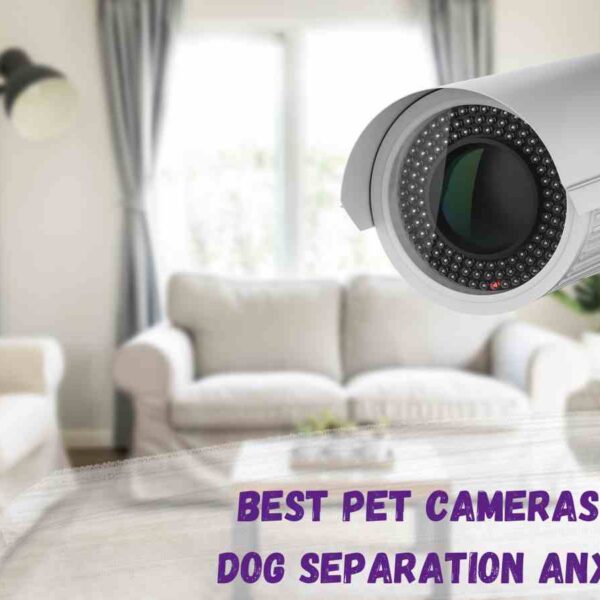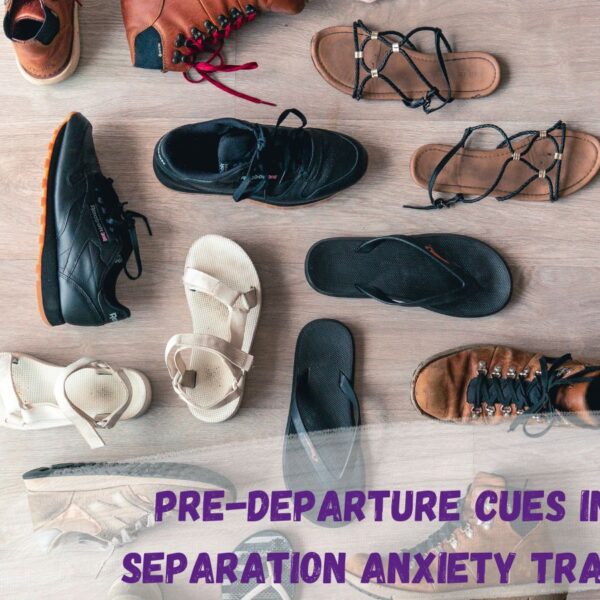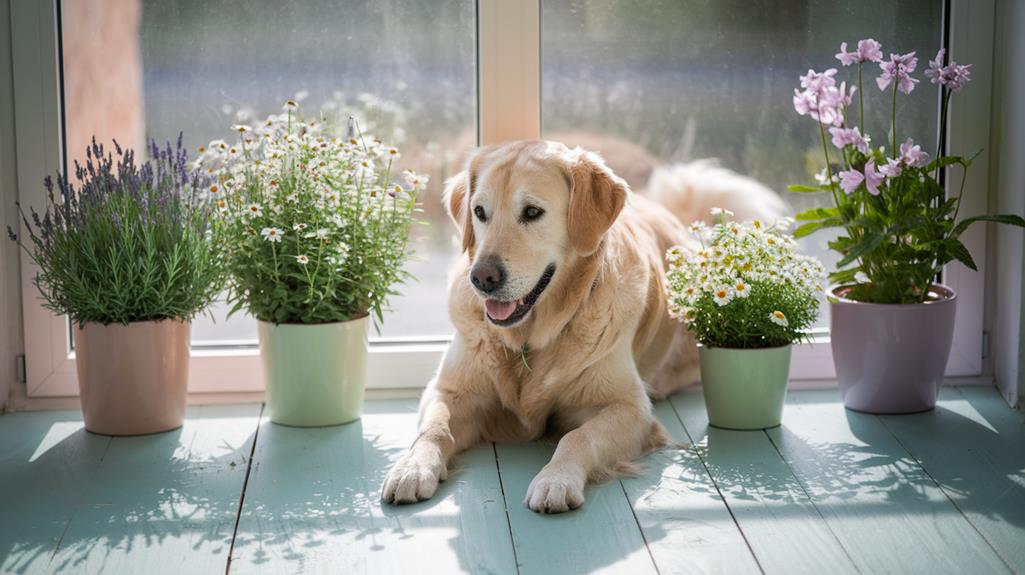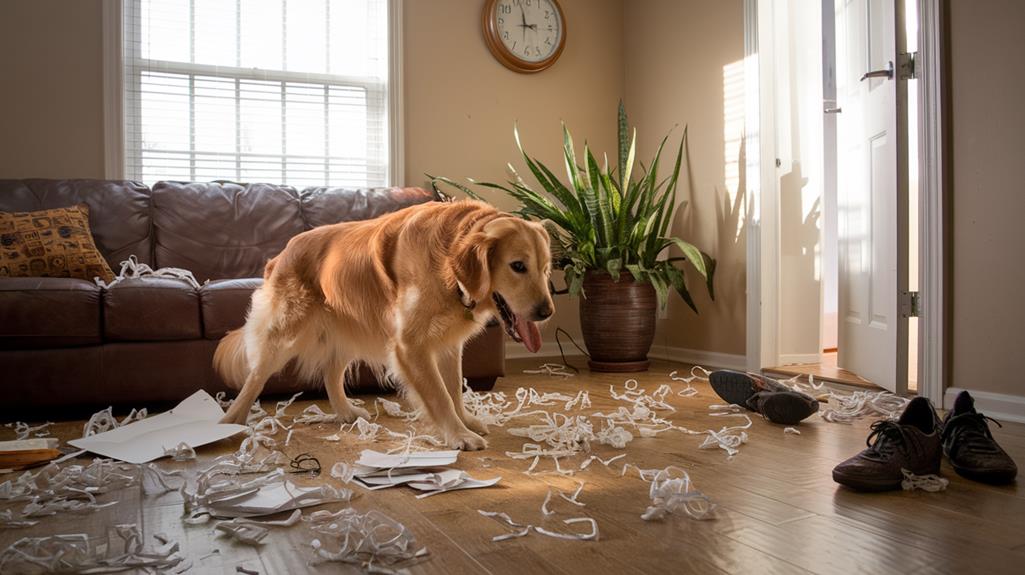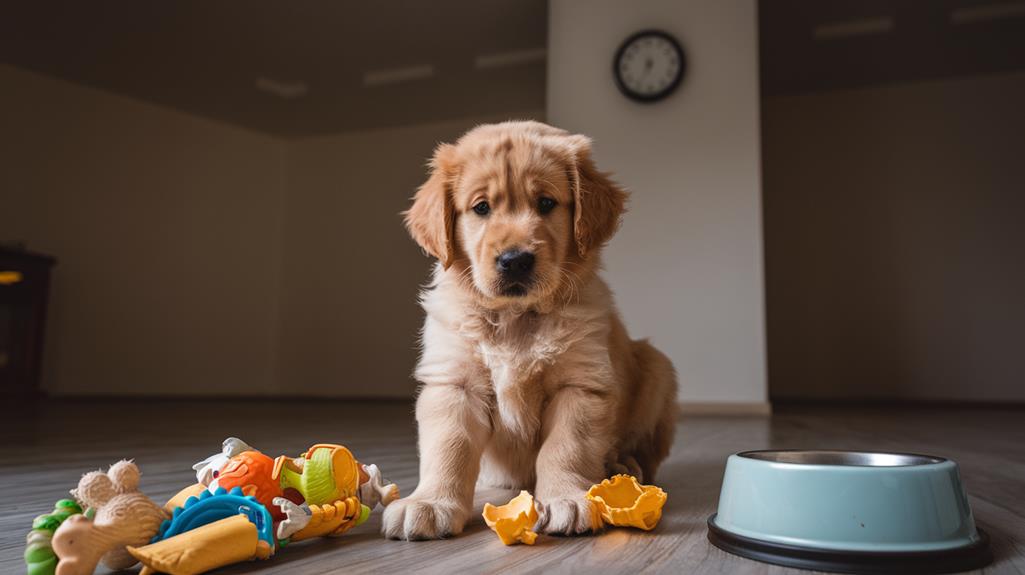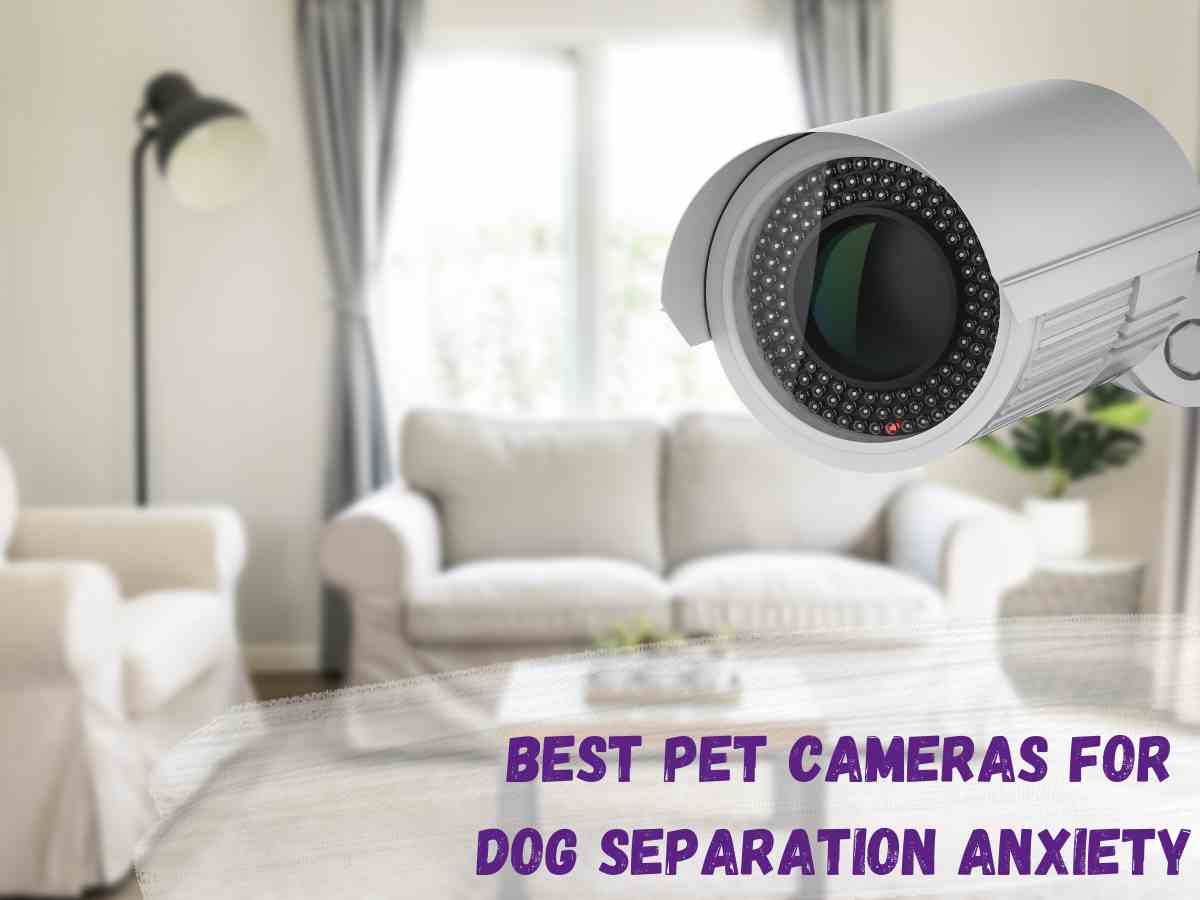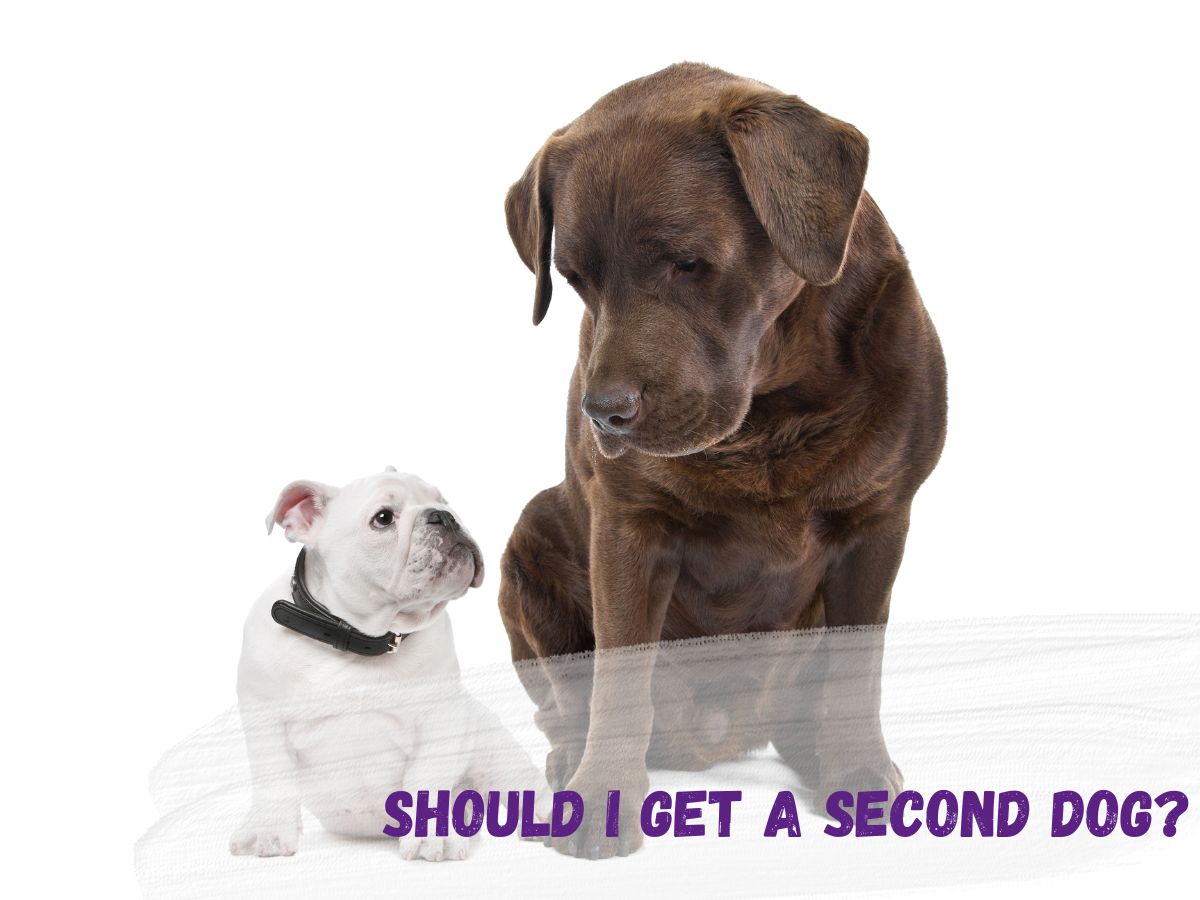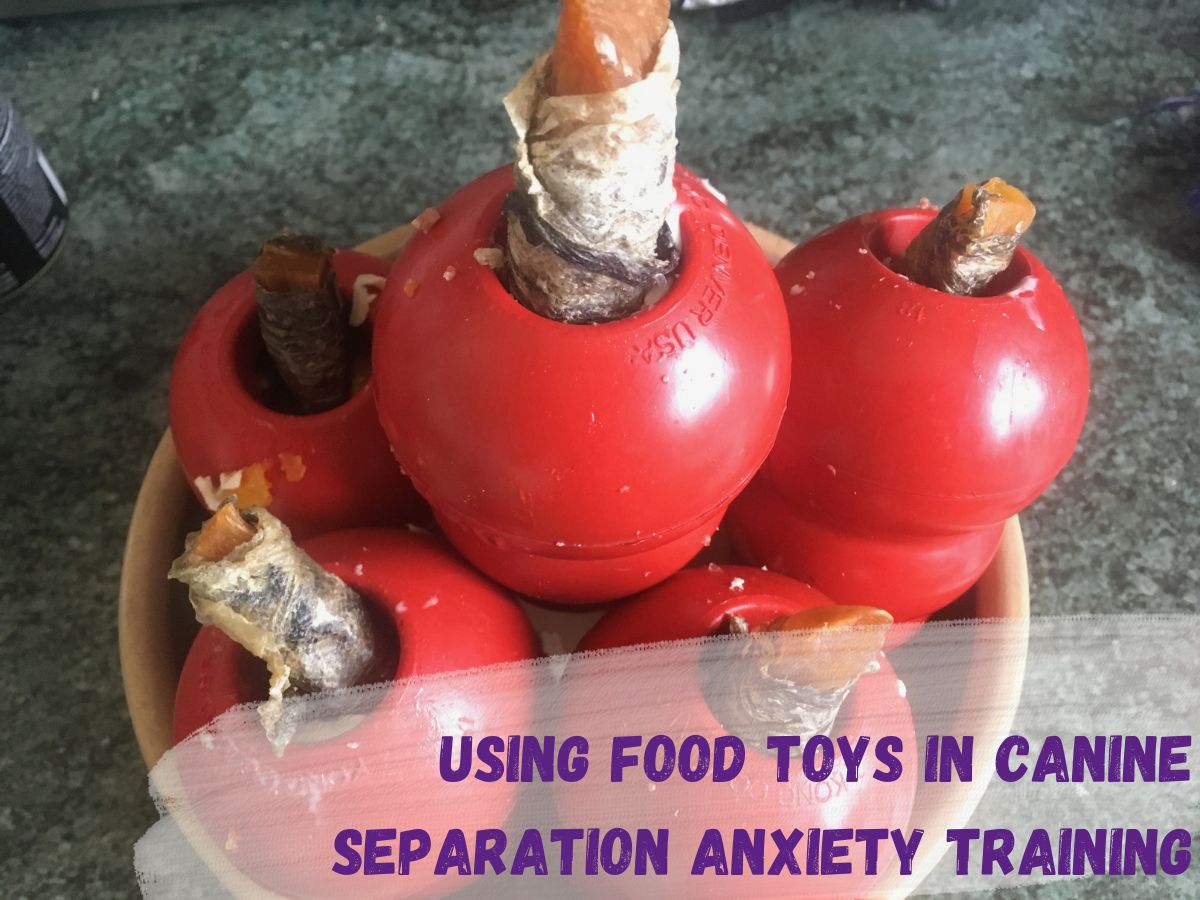Crate training a separation anxiety dog is often suggested by well-meaning friends, family, or even online dog training and behaviour websites, but is it the right way to fix separation anxiety?
Well, if you’re grappling with a dog that becomes intensely upset when separated from you, then crate training your dog often emerges as the magical solution. Sadly, this isn’t always the case.
In this article, we’ll help you decide if crate training is going to help your dog feel safer and less anxious when you leave home, we’ll also guide you through the process of crating your dog with separation anxiety in the right way, so that the crate is not another thing for them to be scared of.
If you’re struggling to be able to leave your dog and feel they may have separation anxiety, get in touch for an initial consult, Being a professional certified animal behaviourist, and working with dogs for 15 years, my area of speciality is training dogs with separation anxiety issues, so you’re in safe hands.
Can Crate Training Help With Separation Anxiety?
Sometimes, yes, but the process of crate training your dog needs to be introduced gradually. If your dog suffers from separation anxiety, crate training your dog can be a helpful tool, especially if a confined and cosy environment gives them comfort. For other dogs, confinement anxiety or barrier frustration can occur, so we need to be skilled and methodical with introducing and proceeding with ‘how to crate train a dog’.
While merely crate training your dog won’t fundamentally change well-established separation anxiety, it can be combined with other strategies to effectively help with the issue of separation anxiety in dogs.
Introducing staying alone in small and frequent intervals, especially during a dog’s first year of life, is crucial in preventing separation related problems, puppies don’t come pre-programmed to want to be on their own and really do need training.
Signs of separation anxiety include whining, pacing, drooling, and excessive barking. By using a crate to restrict motion, you can help prevent dogs from hyping themselves up and decrease their stress levels. However, it’s important to note that dogs that are scared of crates will likely not benefit from crating during separation anxiety episodes.
The Importance of Staying Alone
To effectively address separation anxiety in your dog, it’s important to understand the importance of teaching them how to cope with being left alone. Dogs that are never truly alone, such as those living with other dogs, have potentially a lower chance of developing separation anxiety, but getting a second dog is not really the answer!
Introducing staying alone in small and frequent intervals, especially during a dog’s first year of life, can help prevent separation anxiety. It’s important to note that separation anxiety can also be more common in rescue dogs due to trauma linked to being left alone and attachment issues.
Training your dog to be happy or cope ok when alone is a crucial step in preventing separation anxiety. By gradually increasing the time you leave them alone and ensuring they don’t panic, you can help them become more comfortable with being alone.
Recognising Signs of Dog Separation Anxiety
Recognise the symptoms of separation anxiety in your dog by monitoring their behaviour when you leave the door. Dogs with separation anxiety often experience panic attacks when their owners leave. They may exhibit signs such as whining, pacing, drooling, and excessive barking. Some dogs even injure themselves when crated during separation anxiety episodes, chewing and scratching obsessively, or even getting stuck in the crate bars.
It’s important to understand these signs so that you can address your dog’s anxiety effectively. By recognizing these behaviors, you can take steps to alleviate your dog’s distress and provide the support they need. Remember, separation anxiety can be a challenging experience for both you and your pup, but with patience, understanding, and the right strategies, you can help them feel more secure and comfortable when you’re not around.
Choose the Right Dog Crate
Picking the right crate to use for training is important, I’d recommend a solid wire crate as you can easily teach in and out the crate, play crate games, and build up positive associations by dropping treats through the crates. If your dog likes it dark and cosy, you can use a blanket or crate cover for the ‘den effect’ that some dogs do genuinely appreciate.
Mesh and fabric crates are good if you are going to be moving the crate around, but they do often get chewed if the mood takes the dog, can be tricky to clean and difficult to toss treats inside.
Sky kennels or ATA approved travel crates, can be good for providing a day and cosy place for your dog but will have the issue of not being able to drop treats in when you are crate training.
Ideally we want to teach a dog to crate trained in all the different types of crates, this type of confinement training is actually really useful outside of separation anxiety for example vet visits, or transporting your dog safely.
Steps to Using a Crate to Combat Separation Anxiety
Follow these steps to effectively use a crate to help with separation anxiety in your dog:
- Create a positive association:
Make the crate a welcoming and comfortable space for your dog. Hide high-value treats, toys and chews in the crate to build up a positive association, and get them to like hanging out in the crate. - Don’t rush to close the door:
We tend to rush in to want to close them away in the crate, and this is when they panic, do NOT close the door and lock them in until they’re ready. - Make the crate cosy:
Covering the crate on 3 sides to make it dark, cosy and more of a den and put comfy bedding in the crate, that they can scuff up and make into a bed. - Gradually introduce crate time:
Start by having your dog go into the crate and teach them to in and out, rewarding them with treats and offering chew items to stay in there longer. Show them that you aren’t disappearing by pottering around the room while they’re in the crate. (Remember not to lock them and close the crate door until they’re really ready for this big step in crate training!) - Increase alone time gradually:
Once they are useto the door being closed, gradually increase the amount of time you leave your dog alone in the crate. Make sure they don’t panic and become anxious. Slowly build up their tolerance to being crated for longer periods, but no more than 2-3 hours at a time.Abuse and overuse of crates commonly leads to psychological problems, and anxiety around the crate, as well as causing joint problems in larger breeds of dogs. If you have to leave your dog or puppy for longer periods, consider using babygates to a confinement area, or a puppy playpen.
Signs of Confinement Anxiety and Incomplete Crate Training
To identify signs of confinement anxiety and incomplete crate training in your dog, it’s important to observe their behaviour when in a closed crate and assess their comfort level in confined spaces. Signs of confinement anxiety may include attempts to break out of the crate, biting and digging at the bars, urinating or defecating in the crate, and excessive drooling and panting.
Dogs who have not had proper crate training will often be more comfortable when not confined and take longer forming positive associations with the crate. This can lead to confinement anxiety if repeated crating causes distress, they really do hate that feeling of being trapped.
Too often people go too fast with crate training, and don’t give the dog time to truly adjust to it. Understanding these signs and behaviors can help you address the issue and provide your dog with the appropriate support and training they need. If you’re seeing signals of distrress, slow down the training and go back to basics with crate training!
Relationship Between Separation Anxiety and Confinement Anxiety
The relationship between separation anxiety and confinement anxiety can be complex and interconnected, particularly when trying to prevent separation anxiety in puppies!
Here are three key points to understand:
1. Dogs with separation anxiety may also have confinement anxiety, but not necessarily the other way around.
Separation anxiety can occur both in and out of the crate, while confinement anxiety specifically occurs when the dog is confined to a small space. For many dogs not being trapped and being free in the house can free of them of their worries and we find that the separation anxiety isn’t actually a thing – woohoo!
2. Both separation anxiety and confinement anxiety can cause similar behaviours:
Attempts to break out of the crate or escape attempts in the confinement area, panting, digging, excessive drooling, and urinating or defecating are all commonly seen in both scenarios.
3. Incomplete crate training including use of punishments, can lead to confinement anxiety:
This is especially true if the dog wasn’t properly trained or if positive crate training wasn’t maintained after adoption i.e they were just shut in. It’s important to assess the dog’s comfort in the crate, their response to being confined, and their behaviour when left alone to address both separation and confinement anxiety effectively.
Understanding the relationship between these anxieties is crucial in order to provide the right support and care for your dog, and to get your dog used to the crate and/or being left at home alone.
Assessing the Issue of Crate Anxiety Vs Separation Anxiety
To assess the issue of separation anxiety in your dog, it’s worth doing an in crate assessment and an out of crate assessment. As a CSAT if I have a client who really insists on using a crate, I will usually ask for two assessments spread some days apart to see how the dog copes both crate or confined, and free in the house.
When you are doing it watch their behaviour when you are present and leaving the house, paying attention to their comfort level in the crate and their willingness to enter it on their own. This will give you valuable insights into their anxiety levels and help you determine the best approach for addressing the issue. It’s worth setting up cameras way ahead of time, and then watching the footage back later as it helkps you be more objective and note their body langauage down easier.
To assist you in the dog separation anxiety vs crate anxiety assessment, you can use the following table:
| Dog’s Behaviour | Comfort Level in Crate | Willingness to Enter Crate on Their Own | Free in House |
| When caregiver is present | |||
| When caregiver leaves |
Using Snacks/Chews and Camera Observation
Another way to assess how your dog is feeling, is to see whether they eat when you leave them, and how they eat too. Using snacks and camera observation can be helpful in assessing your dog’s behaviour and level of comfort when alone in the crate. Here are three ways in which this approach can benefit you and your beoved dog:
1. Offer snacks: By giving your dog snacks while they’re in the closed crate, you can observe their eating behaviour. If they eat the snacks, it may indicate that they feel more relaxed and comfortable in the crate. However, take note if they only eat snacks when you’re present or also when you’re away, as this can give you insights into their level of separation anxiety.
2. Use a camera: Setting up a camera to observe your dog’s behaviour when alone in and out of the crate can provide valuable information. You can watch their reactions and see if they exhibit signs of worry or distress. This visual evidence can help you understand the extent of their separation anxiety and guide you in addressing the issue effectively.
3. Run a functional assessment: Leave the room or the house and watch your dog’s reactions through the camera. Pay attention to how long it takes for them to show signs of worry after the crate is closed. Returning when they become worried will help you determine a starting point for addressing their separation anxiety, we want them way below this stress threshold in order to help them overcome separation anxiety.
Crate Training a Dog with Separation Anxiety Might Not Work
As I’ve desribed, teaching your dog to like being in a crate, is often not a magic spell to fix separation anxiety, but people get REALLY hung up on this is what they MUST do.
If you have a dog with separation anxiety, you would do much better at putting the time in with separation anxiety training, working out your pre departure cues that cause your dog upset, and work on departure training, either alone or with a Certified Separation Anxiety Trainer (CSAT). Sometimes we can spend (waste) a huge amount of time on crate training, when what we really needed to spend the time on was assessing the dogs comfort level at being left, and working on gradual desensitisation instead.
What is the best way to help a dog with separation anxiety?
The best way to help a dog with separation anxiety is to use gradual desensitisation to teach them that being alone is ok. For some dogs appropriate crate training can also give them a feeling of being safe.
How can I get my dog used to being inside their crate?
Follow a comprehenesive crate training plan, make it a positive and comfortable space, using treats and toys, and allowing them to explore it at their own pace.
What are some tips for crate training my dog?
Use positive reinforcement training and never use punishsments when crate training, leave the crate door open at first, and gradually increase the time your dog spends inside the crate.
Should I punish my dog for exhibiting separation anxiety?
No, it is never recommended to punish your dog for exhibiting separation anxiety as it can worsen their anxiety and lead to other behavioral issues. It is unethical and inhumane to punish a dog for being scared!
How can I encourage my dog to go inside their crate?
Teach them crate games, like in and out of the crate on cue. You can also encourage your dog to go inside their crate by hiding treats and toys, and praising them to create a positive association with their crate.
Is it important to give my dog time to adjust to their crate?
Yes, absolutely. It is important to give your dog time to adjust to their crate and not rush the training process! We want to make sure they feel comfortable and secure inside the crate., so that it’s a nice place to be.
What is the right crate for my dog?
Generally the wire type is favoured, but you can use a fabric crate or a flight crate too. The right crate for your dog is one that provides enough space for them to stand up, turn around, and lie down or stretch out comfortably. For puppies particularly, having too much extra space can lead to them using one end as a toilet and one end to sleep in, if yuou want to give them more room, then consider a playpen or setting up a babygated confinement area.
How can I manage my dog’s separation anxiety when I am away?
Thats a toughie! If your dog truly has separation anxiety and is a panic you can’t do a great deal, you not being there is what is causing them distress. You can help your dog feel more comfortable during along time by providing them with interactive toys, leaving calming music or DOG TV on, and giving them a comforting item with your scent. Creating a consistent routine before leaving, can also help some dogs get that ‘I’ll Be Right Back’ feeling.
Can a crate help my dog if they already have separation anxiety?
Maybe, for some dog, a properly introduced crate can help reduce canine separation anxiety, but it should be a gradual process and not a sudden confinement.
What should I do if my dog whines or shows distress inside the crate?
If your dog whines or shows distress inside the crate, it’s a sign you’ve gone too fast too soon with the crate training! It is important to assess their comfort, make adjustments if necessary, and consult with a professional certified separation anxiety trainer or certifed animal behaviourist for guidance.
We hope that’s helped you figure out whether you should or shouldn’t consider using a crate for your separation anxiety dog. To learn more about helping your dog cope with being alone, check out our article separation anxiety help, or how about learning why we don’t use food in separation anxiety training.
If you’d like to book a call, jump over to the services page and get started working with me, or learn more on the main canine separation anxiety page.


